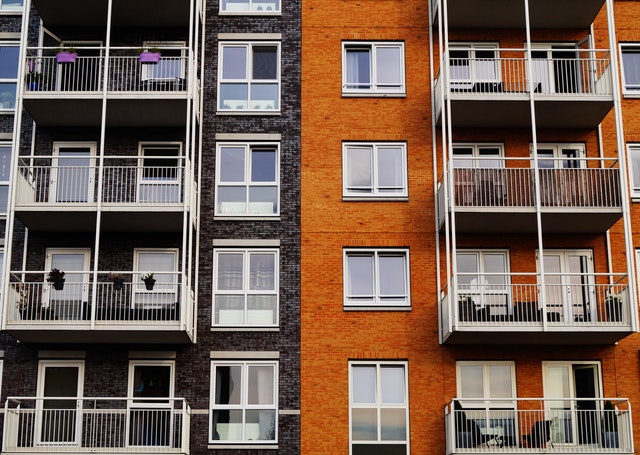3 Ways to Reduce the Environmental Impact of Your Home Renovation Project
 The right home renovation strategy can increase property values and improve the comfort and utility of your space. However, your actions could have a harsh impact on our natural resources.
The right home renovation strategy can increase property values and improve the comfort and utility of your space. However, your actions could have a harsh impact on our natural resources.
Here are several ways you can reduce your renovation’s effect on the environment.
Use Sustainable Products
Choose Earth-friendly materials for a greener build.
- Try reclaimed flooring. Ask permission at construction sites or search internet exchange boards to find unwanted extras. With a little artistic imagination, you can turn those cast-offs into a unique visual display.
- Re-purpose existing material. Turn old doors into unique furniture pieces like tables and privacy shades to spruce up your new space.
- Pick low-VOC paints to eliminate harsh chemicals in your immediate environment.
The best way to lower your impact on the Earth is to carefully choose which products you use in your project.
Evaluate Your Trash
Think about what you’re putting in the dumpster. Instead of taking up space in a landfill, many items can be redistributed and put to better use.
- Donate household items that are no longer needed in your new space to your favorite charity.
- Contact your local Habitat for Humanity office to help your community by donating your unused construction materials.
- Contact your local school district. Some teachers take community donations to use in their classrooms.
Your trash could be someone else’s treasure. Don’t toss out something that others might need.
Take Care Of Your Immediate Area
Your environment includes the area in which you live. Use these tips to keep your property pristine during and after construction.
- Rent a dumpster to make clean up easier. Pick up tools, trash, and other items at the end of each work session.
- Use plastic tarps to protect landscaping and plant life from flying debris or chemical sprays.
- Dispose of chemicals properly. Never pour paints, solvents, or other chemicals into your plumbing system or down a municipal drain.
Protect your neighborhood by taking careful actions during your build.
A home renovation is a fresh start for your property. Make it even more enjoyable by adding these Earth-friendly strategies to your construction plan.
If you’re planning on completing a home renovation, it might be the right time to access some of your home equity. Contact your trusted mortgage professional to learn about the best financing options available.

 Home price indices issued by S&P Case-Shiller showed further slowing in home price growth in January. The national home price index showed 4.30 percent home price growth for the three months ended in January. Analysts expected home prices to grow 4.20 percent for the same period in cities surveyed by Case-Shiller. More cities reported declines in home prices than those that posted gains in home prices.
Home price indices issued by S&P Case-Shiller showed further slowing in home price growth in January. The national home price index showed 4.30 percent home price growth for the three months ended in January. Analysts expected home prices to grow 4.20 percent for the same period in cities surveyed by Case-Shiller. More cities reported declines in home prices than those that posted gains in home prices. Real estate isn’t a one-size-fits-all pursuit. Buying and renting multi-unit properties is one of the ways investors build residual income while increasing their property portfolios. However, multi-unit rentals come with some unique challenges. Are you ready to manage a multi-unit rental property?
Real estate isn’t a one-size-fits-all pursuit. Buying and renting multi-unit properties is one of the ways investors build residual income while increasing their property portfolios. However, multi-unit rentals come with some unique challenges. Are you ready to manage a multi-unit rental property? The mortgage interest rate represents the cost of borrowing money to purchase a property. Mortgage interest rates are not fixed; that is, they fluctuate from one period of time to the next.
The mortgage interest rate represents the cost of borrowing money to purchase a property. Mortgage interest rates are not fixed; that is, they fluctuate from one period of time to the next. Last week’s economic news included readings from the National Association of Home Builders, Federal Reserve Federal Open Market Committee and a press conference by Fed Chair Jerome Powell.
Last week’s economic news included readings from the National Association of Home Builders, Federal Reserve Federal Open Market Committee and a press conference by Fed Chair Jerome Powell.